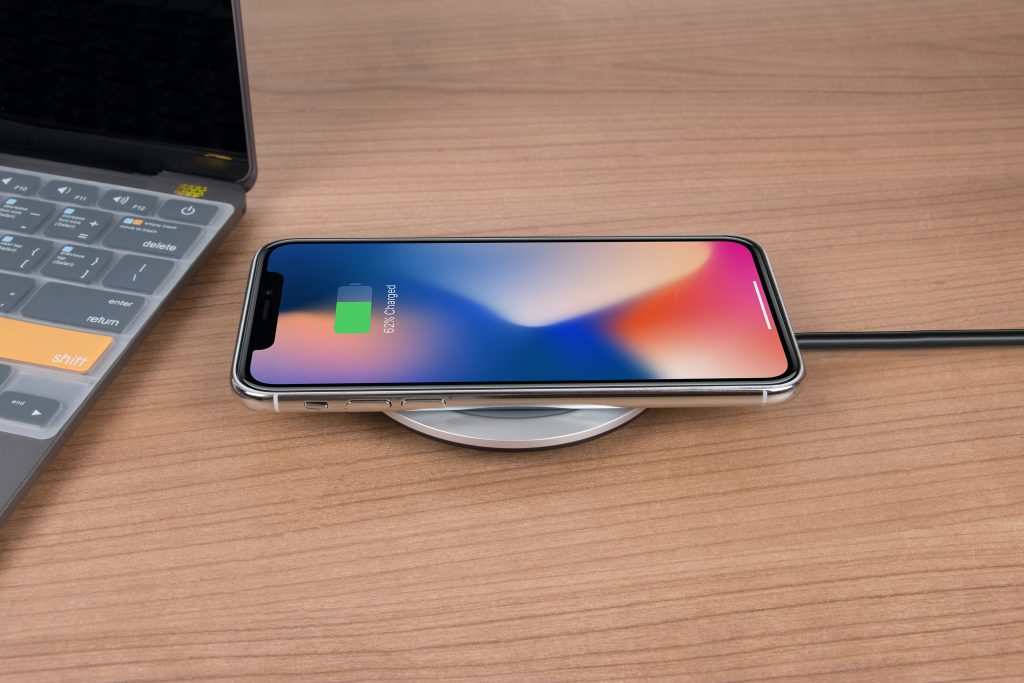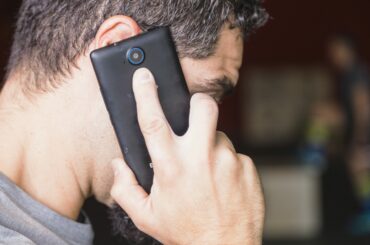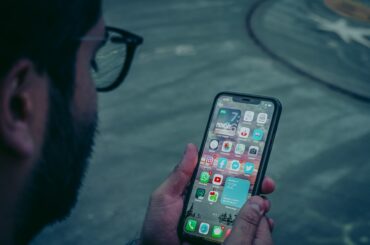Introduction of How long will smartphones stay
Smartphones are here to stay for a long time. The biggest catalysts driving this trend are the rise of 4G LTE networks, faster processors, and better batteries.
What Affects the Lifespan of Your Phone
Here are some of the factors to consider when trying to maintain a longer lifespan for your phone:
Damage
Drops, cracks, and other factors make phones susceptible to damage. And even though it’s simple to get your phone fixed, there are times when buying a new one is preferable. In conclusion, your phone’s lifespan should be unaffected if it is still functional and the crack only occupies a small portion of the device. However, if the crack occupies more than 25% of your phone, there are noticeable dead pixels, and numerous broken parts, your phone may last less long or break down quickly.
Battery Condition
Your phone’s battery has a significant impact on its lifespan. Your phone’s batteries have a limited capacity for charge cycles.
Battery Cycles
The number of times the battery has been fully charged is called the charge cycle. The average phone battery has between 300 and 500 charge cycles, or roughly 16 months of usage, depending on how frequently you charge your phone and how much you use it. This depends on several other factors, including the battery’s type and capacity.
As you use your battery after the 500th charge cycle, it might stop working altogether because it can no longer hold a charge as well as it did when you first bought it.
The obvious solution is to replace the battery whenever you experience problems.
If the battery in your phone’s model is replaceable, changing the battery would be simpler because you could purchase a cheap kit and a battery replacement.
Heat
Heat kills batteries by making them work harder. As a result, you should avoid leaving your phone in warm environments and on surfaces that can quickly heat up, like the dashboard of your heated car.
Outdated equipment
Whether you use your phone for casual use or mobile gaming will affect how quickly the hardware ages and becomes old-fashioned.
Your phone’s hardware should last up to 3 years if you only use it for everyday activities like web browsing, occasional gaming, watching movies, and other activities. The experience will be slower after that, and your applications will take longer to load.
If you play mobile games, your phone will undoubtedly need to be replaced after 1.5 to 2.5 years of use.
This is because mobile games demand more resources from the hardware in your phone. As new games and updates are released that utilize new hardware, your current hardware may need to be revised.
Regarding the model of your phone, depending on how old the model is, you might only have 1-2 years left of use if you purchased a lower-end/used phone that is already out-of-date/not supported by the manufacturer.
If all you need a smartphone for is calling and texting, there is no time limit on how long you can use it for those activities. It will continuously be updated so that you can use those fundamental functions.
An old operating system
This connects with old tech. Manufacturers stop releasing updates and support when your phone’s hardware. You can no longer run the most recent version of the operating system . After a few years, this occurs because the hardware can no longer support the new version. Because the manufacturers need help to test and guarantee that their operating system is compatible with all earlier models.
Brand & Estimated Average Lifespan
Smartphones In General (2-4 years)
Smartphones eventually degrade due to their battery life, outdated hardware that can no longer support modern technology. And the latest operating system version that older smartphone models lack the hardware for.
After a few years, manufacturers might stop providing updates, leaving your smartphone open to security threats.
iPhone (4-10 years)
One of the most reliable phone models available is the iPhone. If you treat your iPhone gently and carefully, you might even be able to get ten years out of it.
When discussing hardware and technological advancements, there is a limiting factor. Every iPhone eventually needs to have its battery replaced, and soon the hardware won’t be able to handle daily tasks.
Therefore, you will want to replace your iPhone in about four to five years. This is because it will lag and have other issues due to poor hardware and memory.
Samsung (3-6 years)
If you use and care for your Samsung phone carefully, it should last you for at least five years.
The battery, outmoded ports, and outdated operating systems are the most frequent causes of replacing a Samsung phone.
If you take care of your Samsung phone, you should be able to use it for 4-5 years in general, but you may need to buy a few small replacements along the way.
Huawei (2-4 years)
The linked sources report battery life problems with Huawei phones are the most frequently voiced complaint. Huawei phones appear to have an average lifespan and can last up to 3–4 years.
Xiaomi (2-4 years)
Xiaomi phones have respectable lifespans despite their low cost. However, at about 2+ years, you might start experiencing issues like the touchscreen getting stuck, which necessitates getting it repaired. Xiaomi phones are expected to last up to 4 years, although some claim that they can work for up to 7 years.
Oppo (2-3 years)
Only so many sources mention how long they’ve had their Oppo phones, but I have had them for about 2.5 years.
I can speak from experience regarding Oppo phones because, even though the model I own is quite old, I have not noticed any significant or noticeable problems. According to the general consensus, opposition phones typically last between two and three years.
Technological advancements continue to bring new features and capabilities to smartphones.
Today’s smartphones are more powerful and have many new features that make them stand out from other devices. In addition to the usual stuff like Wi-Fi connectivity, GPS navigation, and mobile data download speeds—which have been around since the first iPhones in 2007—we’re seeing some pretty cool stuff coming out lately:
Fingerprint sensors allow you to unlock your phone without typing in a password or PIN code.
Wireless charging pads/coils: These allow users who want quicker charging times while away from home or the office but still want their phones charged up quickly enough not only to use these pads instead of being plugged directly into wall outlets. But also to maintain contact with their devices through inductive coupling technology, which means they won’t need any extra wires between them either! Just place one over top of another compatible device next time around.”
While smartphones have been around for many years, they’ve only recently become more powerful and efficient. As a result of these advances in hardware, apps can run faster on your phone—meaning you’ll be able to do more with less power from its battery.
Larger screens also mean you can fit more content onto your device without having to scroll down as much when looking at photos or videos. This means more time browsing social media sites without worrying about losing track of what’s happening onscreen!
Smartphones are here to stay for a long time.
Smartphones have changed the world. They’ve made communication more accessible, allowed us to stay connected with each other and the world around us, and even changed how we play games.
5 Tips to Extend Your Phone’s Lifespan
However, there is no need to worry about overloading because modern smartphones are intelligent enough to recognize when the battery is fully charged. Charging your phone overnight may worry some people because there is a common misconception that it causes overloading.
However, it has been demonstrated that fully charging your phone causes the battery to degrade.
This is because your battery receives “trickle charges” to maintain its 100% charge while plugged in once it reaches a full charge.
In other words, charging your phone 100% won’t overcharge the battery, but it might wear down the battery, reducing its long-term durability.
The best way to prevent this is to avoid charging your phone at night if possible, invest in a cable that automatically cuts off at 100%, or buy a fast wireless charger to use during specific times of the day.
Keep your phone’s charge at 20% to 80%.
Your phone’s battery may be a strain if you charge it up to 80–100%, and it will likely become more worn if your phone’s battery drops below 20%. Therefore, it’s best to maintain the charge between 20% and 80%; some experts even contend that 40% to 70% is best; doing so will generally lengthen the lifespan of your battery. The ideal course of action would be to keep it between 50% and 60%, but for many of us, that isn’t doable.
Get Rid of Inactive Apps
Everybody has a few apps that are only occasionally or never used. Leaving those apps open in the background might use more battery than necessary. Your battery’s lifespan is subsequently decreased due to stress and wear on the battery.
An additional effect of having unused apps on your phone is that they use up RAM and other resources, which could slow down other apps.
In light of this, even if you have plenty of storage left, I suggest cleaning out your applications once every few months to eliminate useless apps.
Finally, I advise you to take good care of your phone, but at the same time, don’t worry too much about it, as the lifespan of a phone is greatly influenced by how you treat it and how cautious you are when using it.
Image Courtesy: Pexels.com
Read more: NTE




